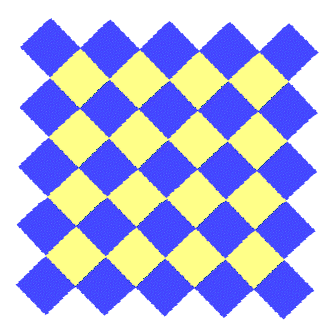
The word ‘tessellation’ is derived from the Latin word tessella, which means a small cubical piece of clay, glass, or stone. Each surface of the cube is a regular tessellation of squares. Generate Tessellations performs the function of the Generate Tessellation geoprocessing tool.A Rubik’s cube is an interesting example of tessellations. If you are trying to aggregate points or summarize features in a tessellated grid, Aggregate Points and Summarize Within have built-in options to create tessellations. Other tools may be useful in solving similar but slightly different Use Generate Tessellations to create tessellations determined by a specified extent, shape, and size. These distortions are part of the display only and do not The result is projected to Web Mercator forĭisplay (the default) or to the projection of your custom basemap.Ī Web Mercator projection may cause your results to appearĭistorted, especially for large bins or bins near the polar Projection and parameters are chosen based on the specified geographic extent. Specified size dimensions to ensure that the sizes are equal andĪppropriate for the area of interest. In a custom, area-preserving projected coordinate system using the The distance is calculated as follows, where d is the value of the distance parameter: The size of each tessellation feature or bin can be calculated by specifying a value to represent the area for each bin in square units or by specifying a distance value.

The letters in the IDs represent the columns and the numbers represent the rows, as shown in the following image: The format for the IDs is A-1, A-2, B-1, B-2, and so on. The GRID_ID field provides a unique ID for each feature in the output feature class.

The output features contain a GRID_ID field. The extent of the tessellations that will be generated is determined by the Define Extent parameter, which can be the current map extent, the extent of an existing layer, or the extent of an interactively drawn study area. The Use current map extent parameter is unavailable for Generate Tessellations. To record each artifact, a grid of tessellated features is created to cover the entire study area to index and record the precise location of the artifacts.

TESSELLATION EXAMPLES FULL
Generate Tessellations can be used to automatically create a dataset of appropriately sized bins for the full study area.


 0 kommentar(er)
0 kommentar(er)
